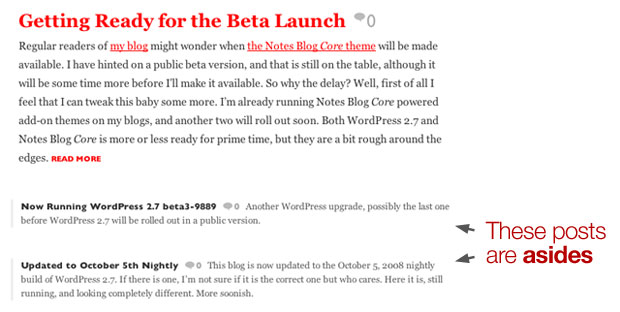We have all seen it, those falling snowflakes. They are everywhere this time of year. In principle, I like the idea of decorating your site or blog for the holidays, it’s nice. However, some things should just not be done.
Like falling snowflakes, all over the page.
But the problem is, everyone has seen it already, and it was annoying the first time around.
Yes, I know, it is easy to add one of those scripts to your site, and at first glance it looks nice. But the problem is, everyone has seen it already, and it was annoying the first time around. The thousand time, it makes me close the tab and go someplace else.
Another thing that I loathe with decorated websites is the addition of sound. This is luckily not as common anymore, which goes for websites overall, but for some reason the madness spreads in December. Please don’t ever make your website play music per default! Sure, add a play button if you think your readers will want to hear a midi file playing Jingle Bells or whatever (my guess is “no”), but don’t autostart it please.
Also, don’t force an animated Christmas card on me, just because I have the nerve to visit your site. I don’t want to see that when typing the URL, I want the actual site. Not a crappy Flash animation, the site. Link it from there instead, if you want to wish your visitors Happy Holidays, and then the ones in the holiday spirit can watch it and go awww, while the rest of us can use your site as intended.
Snow on your logo. Been done, but OK. Same goes for a festive background image, added details to the corners of your existing site, things like that. That’s OK, it can even be a bit nice, although I get tired of seeing the same green clipart over and over again.
The key to decorating your online presence is to not hamper the actual site!
Keep that in mind until next year. Now please remove those falling snowflakes.
Now, that being said, have a Merry Christmas and a Happy New Year!

